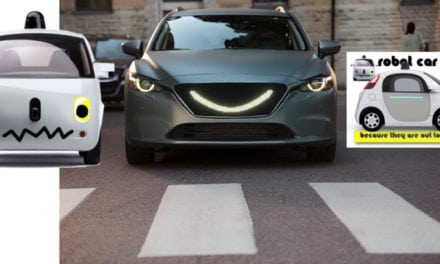Car insurance protects you and your vehicle during unexpected road accidents. It helps you against financial liability, legal consequences, and paying the medical expenses out of your pocket. However, the annual premium of car insurance seems to be getting higher each year. While it is tempting to cut down your plan to lower the payment, it is unwise because it may affect your safety cushion. The good news is that there are certain factors that you can leverage to lower your car insurance payment without compromising personal safety.
Here are some of the practical ways to save on car insurance costs:
1. Make a comparison of car insurance quotes
Before signing on the dotted line, it is important to shop around first and review the policy details of the best car insurance companies to ensure that you are getting the best price for the coverage you want. It may include the following:
• Personal injury (PI) liability coverage — It covers payment for the medical expenses of injured individuals if you caused the accident.
• Property damage (PD) liability coverage — It pays for the damages you caused to the other vehicle or property.
• Personal injury protection (PIP) — This covers the cost of your medical bills and other personal injury-related expenses like lost wages.
• Medical payments coverage — It is the less comprehensive type of PIP that covers your medical expenses for the injuries you get out of the accident.
• Uninsured/underinsured motorist coverage — This pays for the medical expenses of an uninsured/underinsured driver and the damages of the vehicle.
2. Keep a good credit score
One huge factor that car insurance companies consider when determining the premium is your credit rating. The higher your score, the lower the premium cost. While it has been a contentious issue in some states, several insurance providers still use this factor in the computation. They believe that the more responsible you are to your personal life and finances, the less likely you will file insurance claims. To sustain a good credit record, always pay bills on time, keep the credit balances low, and do not borrow more than you need.
3. Review and leverage all available discounts
Seek out the various discounts that car insurance providers offer to their clients, including:
• Multi-car policy discounts — If you have multiple cars, getting an insurance policy for each car or drivers from the same company gives you a discount.
• Get a car and homeowners insurance bundle — If your insurance provider offers different policies, bundling your home and vehicle insurance would lower the cost of your premiums.
• Low-mileage discounts — It is offered to policyholders with a record of lower than the average annual mileage. Ask your insurance agent about it to score a lower premium rate.
• Group insurance discounts — There are insurance companies that provide discounts for members of certain professions, clubs, or civic organizations in the community.
• Installation of anti-theft devices — Having an anti-theft or safety system in the vehicle can give you up to 25 percent off the regular premium cost. Examples of these devices are LoJacks and car alarms.
• Good driving discounts — Some insurance companies give discounts to drivers who have completed their approved defensive driving course. If you have a clean driving record, you can get a lower premium. You may also consider signing up for driver-monitored programs that car insurance firms offer.
• Automatic payment option — Paying the annual premium in a lump sum or signing up for their auto-payment payment terms would reward you with a discount.
4. Opt for a higher deductible
The deductible refers to the amount you need to pay before the insurance company takes care of the tab during the accident, vehicle damage, injury, or theft. The cost ranges from $250-$1,000. In essence, the higher your annual premium, the lower is the deductible. Opting for a $500 deductible would reduce the coverage cost by up to 30 percent, while a $1,000 deductible would save you 40 percent or higher.
5. Modify your vehicle coverage
A periodic evaluation of your car insurance is necessary. Perhaps you don’t need full or comprehensive coverage anymore if your car is years older. You may seek personalized costs of your needed coverage.
At the end of the day, finding a trusted car insurance company that offers reasonable premium costs and discounts is what matters most. By considering the above-mentioned ways, you can maximize your insurance coverage without paying exorbitant premiums.











